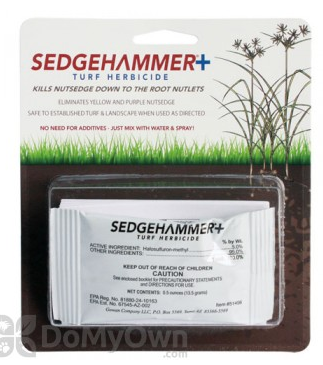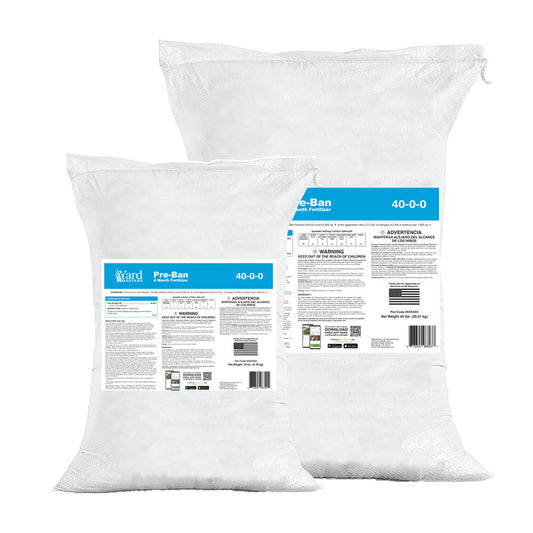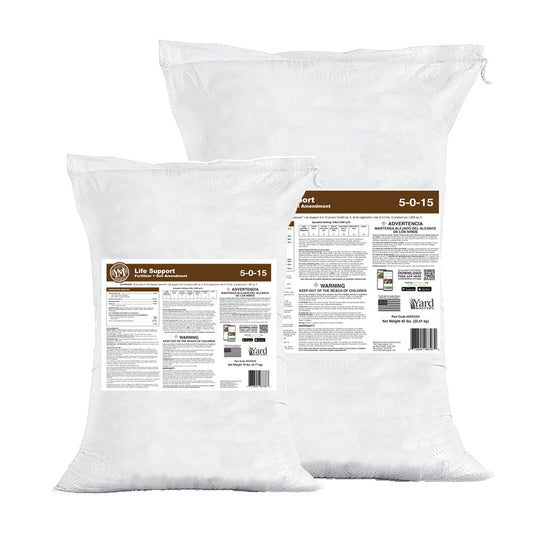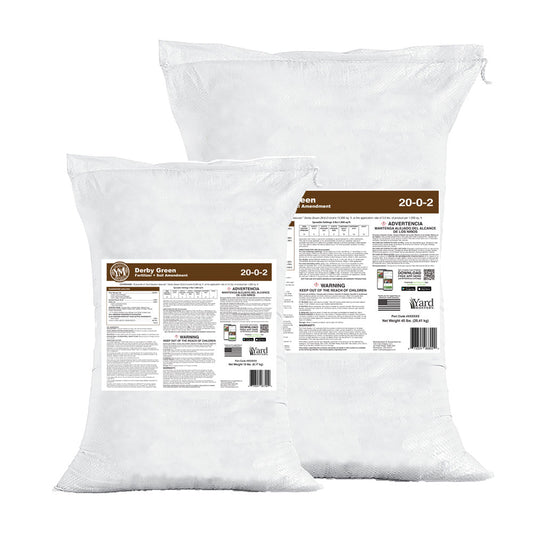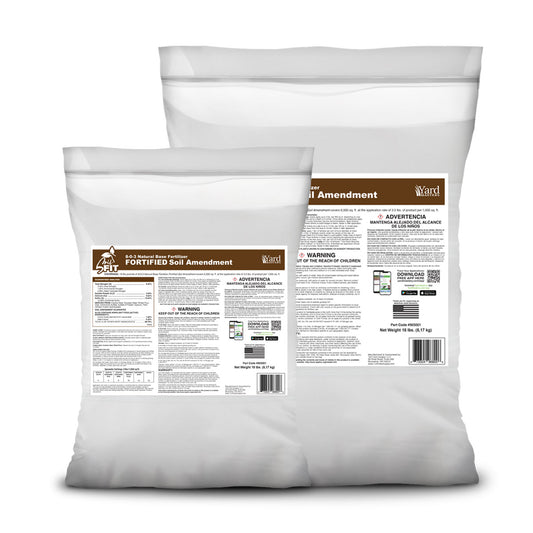Nutsedge, Nutgrass, Kyllinga, Water Grass - call it what you want, it’s nasty and it’s raging right now. What’s funny about this one is that we ALL deal with it, no matter what the grass type or location.
I saw lots of it in NW Indiana just a couple weeks ago when I was up there visiting. It certainly stuck out, showing it’s sharp, neon green sword-like leaves amongst some double-dark Kentucky Bluegrass. (here is a video here of that little adventure)

Additionally, I’ve battled these bastards here in my Beautiful St Augustinegrass yard here in SW Florida. I did a pretty comprehensive video about my battle with it in 2017 and it’s worth a re-watch if you too, have problems with sedges.
Now here I sit this year, it’s late July and we have had rain rain rain down here. More and more, longer sustained storms, earlier each day than the next. It’s abnormal. (our normal pattern entails quick, fast passing heavy thunderstorms every afternoon. Most times the sun still shines while it’s raining. It’s beautiful too BTW)
This year though, the storms have been pretty long and gray.
One side benefit, however, is that my Rachio is recording more rain skips than last year which is always a nice notification to get when you wake up. Seriously, it’s like getting an early morning win!
Funny enough as I complain about the rain, on this very day in 2017, I was faced with Tropical Storm Emily. Right after that, things dried up here, big time. It just goes to show that the weather is never “normal” anywhere, no matter what your mind tries to tell you.
Getting Rid of Nutsedge with SedgeHammer
You want to know what to do about nutsedge right? Well, let me give you an option to think about. First off, don’t try and pull it. You see, sedges have “nutlets” that will break off and get left behind and when this happens, the nutlets get pissed off and sprout up double what you took away. Don’t you wish your nutlets could do that? #Nutlets
So, in this case, you are going to need to use a chemical to kill it off, and there is one universal, single-use product that you can get that is good for all of the grass types: Sedgehammer. (Halosulfuron-methyl 75%) That’s right, this one can be used on the following grass types:
Cool Season:
Kentucky Bluegrass
Perennial Ryegrass
Fine Fescue
Turf Type Tall Fescue
Bentgrass (yes, bentgrass!)
Warm Season:
St Augustinegrass (yes!)
Bermudagrass
Centipedegrass
Zoysiagrass
Bahiagrass (yep, you too boyo - don’t say I never give you love)
Now why do I like Sedgehammer? Because it works, of course… but also because I like this single-use packet you can get that INCLUDES surfactant. It’s a .5 oz packet (make sure you get the right one) that is designed to be dumped into 1 gallon of water in your pump sprayer. This mix will then cover 1,000 sq ft. I like this because in most cases, you guys are only needing to spot spray the “wet” or “low” areas of your lawn. You don’t have this stuff everywhere. This makes it super simple.
ALSO - if you have a gallon of regular weed control that you keep mixed up for spot sprays anyway… you can spike this right into that mix as a kicker. It can also be mixed in with insect controls or fungicides if needed. Again, there are size choices… if you only need a gallon or less of spray mix, get the 13.5 gram box. They are around $9.50 each - that’s how you know you got the right one in the cart.
Easy On Turf
I want you to be aware, coat those leaves until wet when you spot spray, but don’t expect immediate results. Sedgehammer can take a good 10-12 days to see results but rest assured, its working and it works well when it does. There are no heat restrictions here, but I highly recommend you don’t spray on stressed or dormant turf, just as a general rule.

If You Need Something More
If you have a lawn that is generally covered in nutsedge… I’m thinking this is going to be more like I have here in Florida where the Kyllinga is coming up everywhere due to all the rain. If that’s you and you need to blanket spray, I’m still recommending Sedgehammer but in the larger size. Reason being is there are no heat restrictions with Sedgehammer (but don’t be foolish, still spray in AM or PM if you can).
I’ve had great luck with Dismiss on Kyllinga/Sedge before - you can see in this video here. However, it’s hard on St Aug and I imagine Centipede too. It’s also got an increased risk of turf injury at higher temps and humidity which is pretty much what we face here in the summer. If you do decide to go this route, I recommend a late evening spray and be prepared for some stunting. (yes of course, Dismiss kills like 300 other weeds too - it’s a multi-use product for sure whereas Sedgehammer is only truly good on sedges)

Ok back to the star of our show, Sedgehammer. You can pick up a bigger bottle of Sedgehammer that still isn’t very big but it’s fun to illustrate a point here - and that is the extreme low usage rate on this product. A little goes a long way - so don’t think you need to up the dosage here - stick to the label. Check out the picture. That little scoop (comes with your purchase) is all you need for 1 gallon of mix and you can blanket spray 1,000 sq ft with it.
Here is the math that you can’t see blurry in the picture:
Each little scoop is .9 grams
- The jar is $82 and contains 1.33 oz
- 1.33oz = 37.99 grams
- 37.79/.9 = 41.98
- That means that you can get 42 doses out of that jar.
- 1 dose can cover 1,000 sq ft when mixed in 1 gallon of water.
- So that jar covers 42,000 sq ft.
- If you have a 10,000 sq ft lawn like I do, you’d get over 4 applications out of it which should last you a couple years minimum.
- The cost is then $1.95 per 1,000 sq ft.
Last consideration is that this formulation does NOT come with an added surfactant. You will have to add your own. You want a non-ionic surfactant and you want to add ⅓ oz per gallon of mix. This will help the product “stick” better since it is a little slower acting.
With that, I wish you the best in your fight with nutsedge, and I’ll see you in the lawn!
AL



